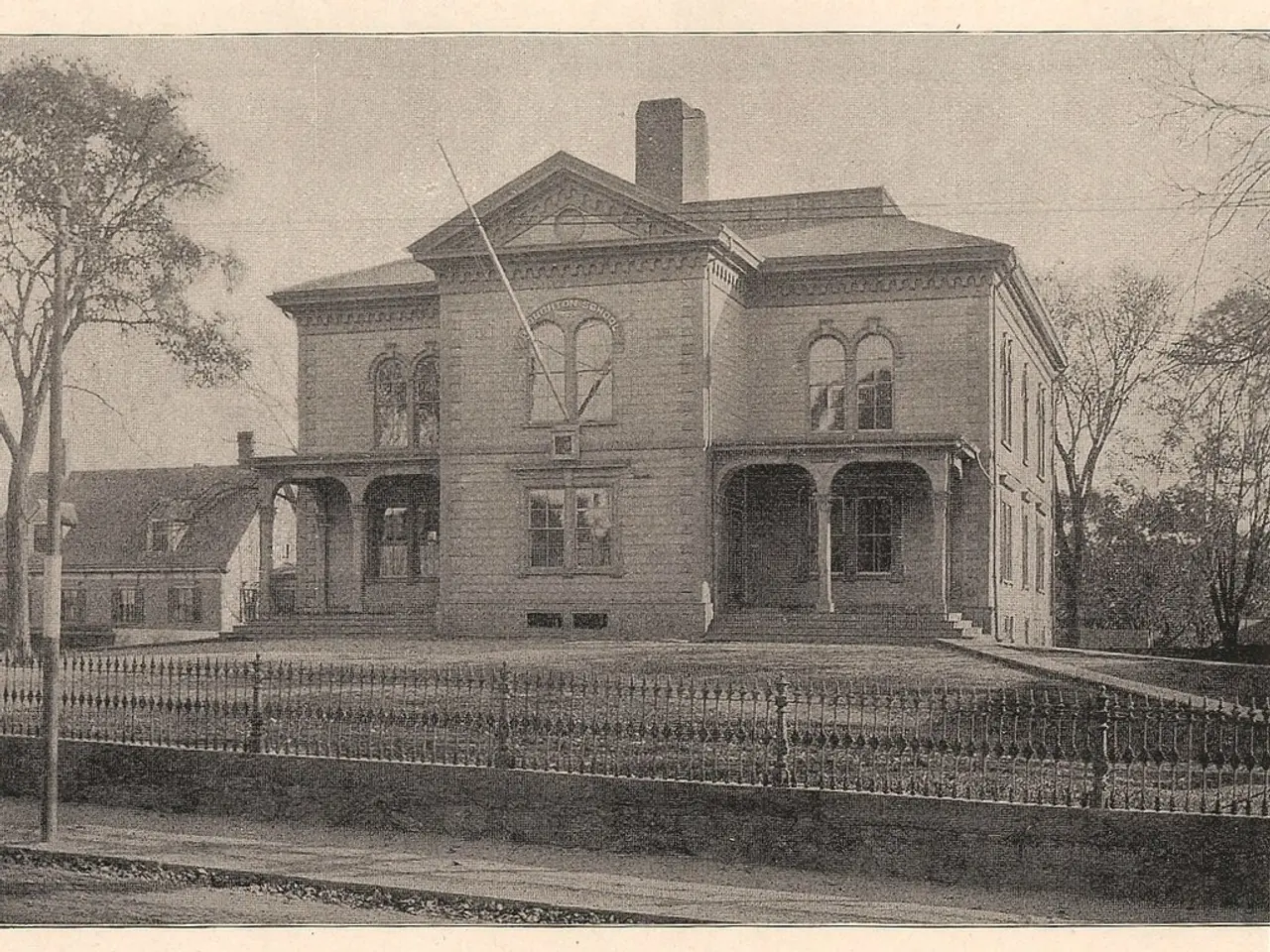Calculating Fence Length for a Half-Acre Plot: A Detailed Walkthrough
When it comes to fencing a half-acre property, the shape of the property significantly impacts the amount of fencing material required. Unlike a square or rectangular lot, an irregularly shaped property needs a different approach to calculate the perimeter (length of the boundary) rather than just the area.
To determine the fencing needs for an irregular half-acre lot, the most accurate approach is to break down the property boundary into smaller, manageable geometric shapes such as triangles, rectangles, or trapezoids. Measure each side's length using onsite measurements or a detailed property survey/map, and sum the lengths of all boundary sides to get the total perimeter.
For practical help, you can use an online fence calculator designed for unique shapes, like the one from America's Fence Store, which helps estimate fence length and material based on user input of property dimensions and shapes.
Additional tips include using a scaled map or survey and a ruler to measure boundary sides, or digital tools like GIS software or property apps that plot and calculate perimeter, especially if the property boundaries are curved or have elevation changes. Hiring a professional surveyor can also provide precise perimeter measurements, especially if accuracy is critical.
It's essential to consider real-world factors such as gates, obstacles, and setback requirements when calculating the amount of fencing needed. Gates take up space that would otherwise be occupied by fencing, and their width needs to be subtracted from the total fence length calculation. Obstacles along the property line can impact the fencing strategy and increase the overall fence length. Setback requirements are local regulations that dictate how far a structure (including a fence) must be from the property line.
Panel fencing comes in pre-fabricated panels of specific lengths, requiring careful post placement planning. Adding a buffer of 5-10% to your calculated fence length helps account for overlap, cuts, and potential mistakes.
Property survey tools, such as apps and devices, can help measure property lines and create detailed maps. Wire fencing, commonly used for agricultural purposes, is sold in rolls, and post spacing is crucial for its strength.
Before starting a fencing project, consult with your local zoning department to understand property lines and setback requirements. The perimeter of a rectangular half-acre lot can be calculated using the formula Perimeter = 2 * (Length + Width). A half-acre is equal to 21,780 square feet, and a square lot requires less fencing than a long, narrow rectangle with the same area.
In conclusion, focus on measuring or estimating the full perimeter length of your irregular 1/2 acre lot by breaking it into smaller shapes or using a fencing calculator to determine your fencing needs effectively. Additional fencing may be needed for overlap and waste in the fencing installation process. Deed or title documents may contain a legal description of your property, including dimensions.
- For a home-and-garden project on an irregularly shaped half-acre lot, using a fencing calculator designed for unique shapes can aid in accurately estimating the fence length and material required.
- To create an efficient lifestyle and secure garden space, it's important to measure or estimate the total perimeter length of your irregular half-acre property and ensure to account for additional fencing needed for overlap and waste during installation.



